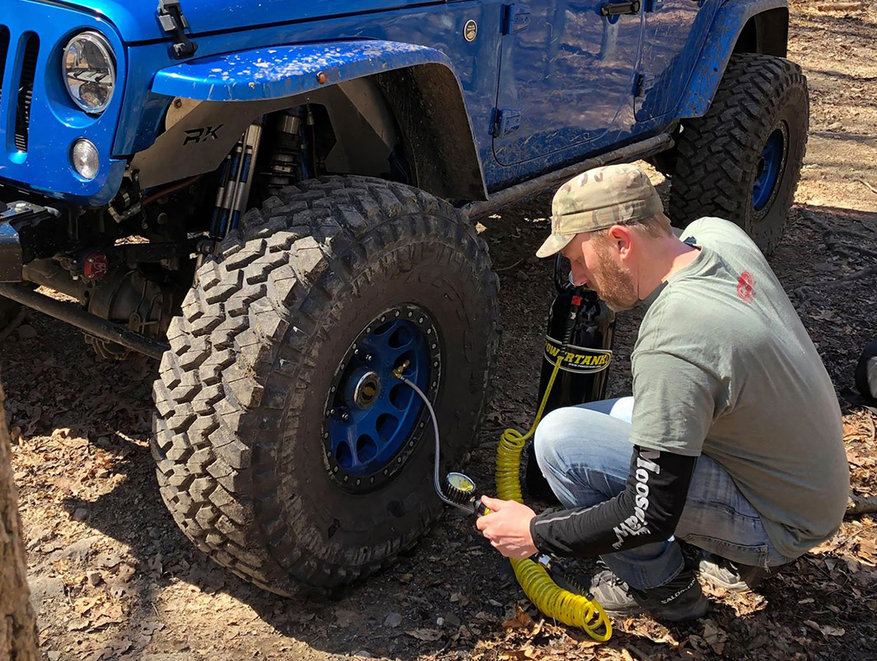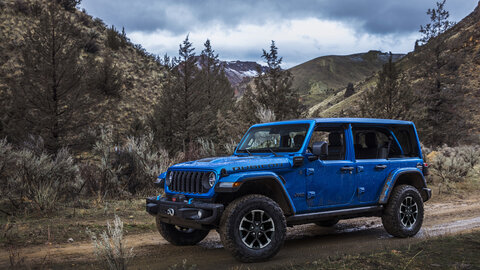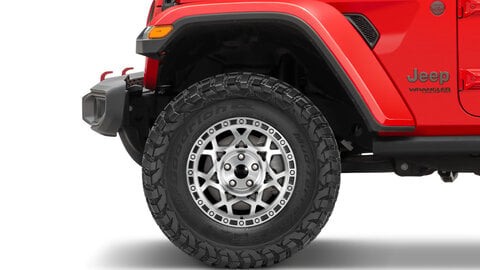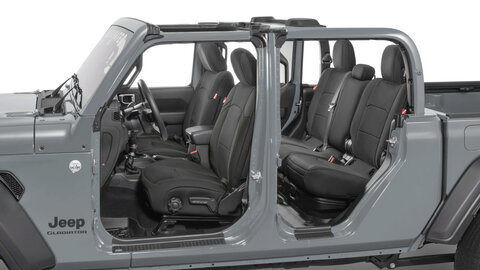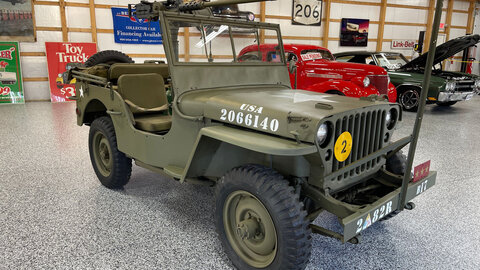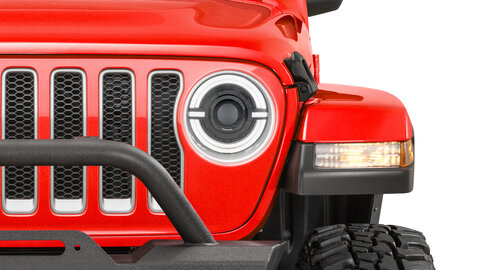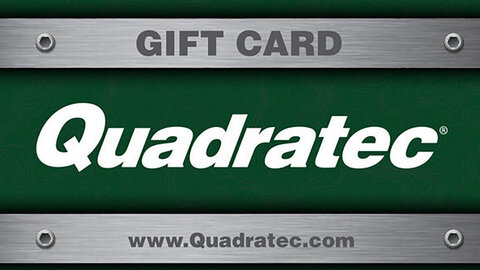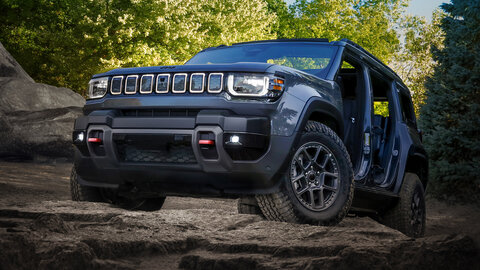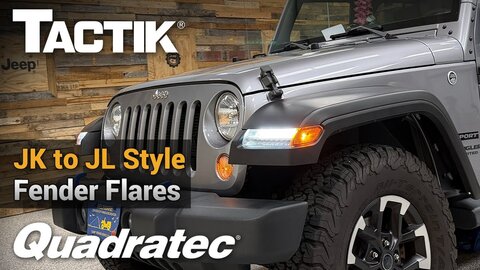by Terry Pritchard
Torque Staff Writer
I remember a trail ride a few years ago with my club at Anthracite Outdoor Adventure Area in Coal Township, Pennsylvania. After a great day off-roading, we returned to the parking lot only to find an extremely long line at the air fill-up station.
Now, this set-up is provided by the park’s management and is a great way to refill your tires for free before leaving the property. And believe me, not all parks have this for their riders. However, on days when the park is crowded, the wait can be pretty long.
On this particular afternoon, there were plenty waiting for the compressors. Even though the station has multiple hoses, so three or four vehicles could refill at the same time, it still doesn’t make up for the sheer number of vehicles that want to use the service.
The compressors are great. They are free. But, if it takes three to four minutes per tire to refill, it can take someone twelve to sixteen minutes to completely air tires back up to normal. I waited for over an hour to air up and vowed never again.
So I began to research options to eliminate the need to rely on a community air supply. There were so many choices: portable air compressors, onboard compressors and CO2 tanks.
I discovered that some compressors were fine for emergency trail or highway use. These were the least expensive compressors but have very low-duty cycles, meaning they can run for 10 minutes before needing to cool down for some time.
The better on-board compressors had higher duty cycles but were considerably more expensive. Even some of these needed a companion tank to have enough air to fill four 35-inch tires efficiently.
Soon after, I was lucky enough that my Jeep club hosted a tech day for Jeepers to learn more about their vehicles — from basic maintenance to trail repairs, to product demos.
One of those products on the demonstration floor was a PowerTank. Scott Ammerman, a regular contributor to Torque, was giving the demonstration. He asked to borrow my Jeep to deflate and then inflate its tires, as well as reseating the bead. He even gave me a brief demonstration before everyone arrived.
Wow.
Because of that demonstration, I ordered my PowerTank almost immediately and it has proven to be the ultimate solution for me.
Here is why.
In that demonstration, what normally was a 15-20 minute job to air up, took Ammerman just about two minutes to get all four tires to 30 psi — my highway pressure. It actually took longer to unmount the Power Tank and apply the hose than to air up.
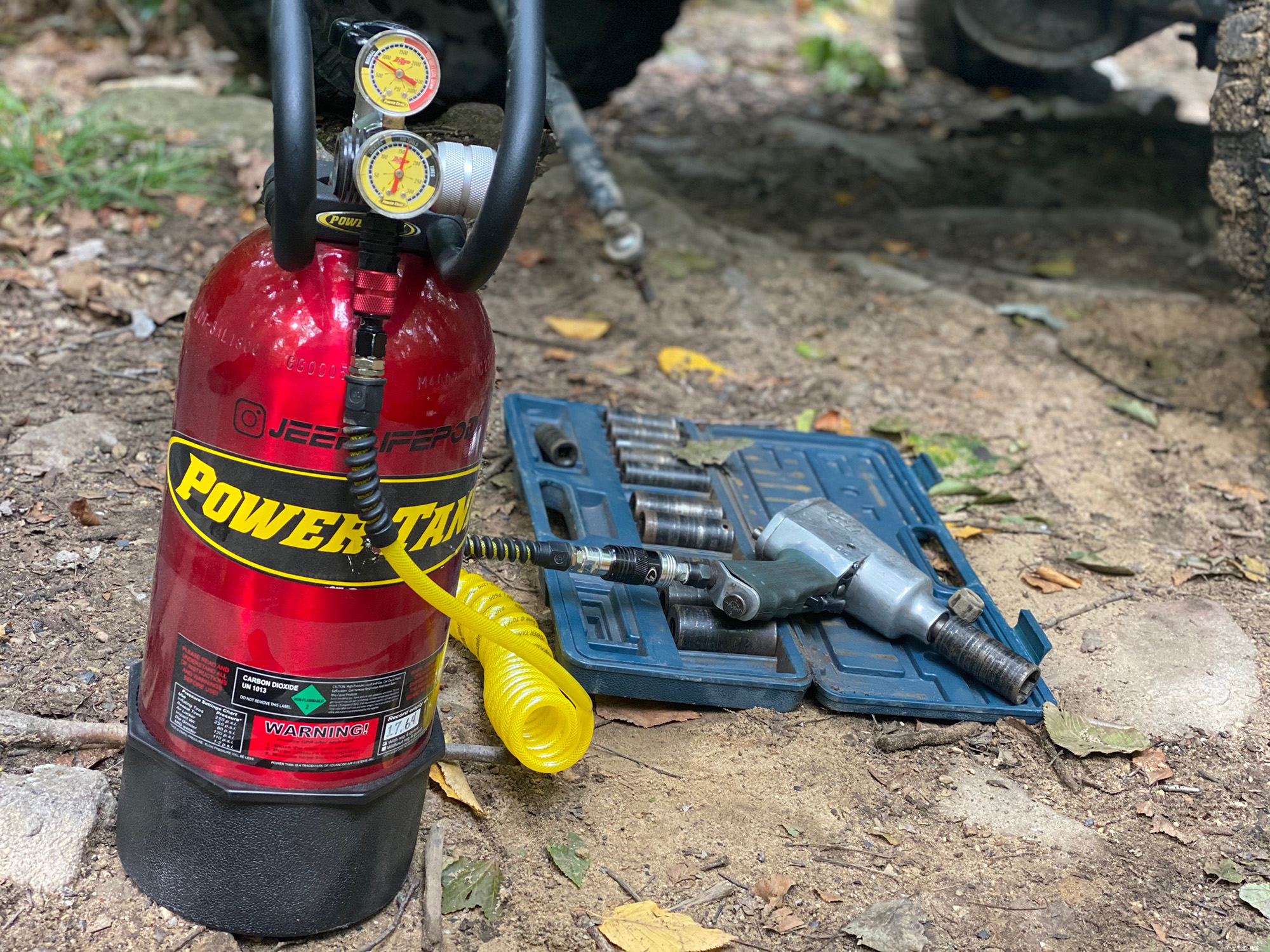
But it is not just the tank itself as PowerTank also offers a handy way to utilize the thing that meets multiple needs from the same source. Not only can it quickly fill those tires, but it can run air tools when needed. Plus, with the addition of a few components, a PowerTank can even provide onboard air needs such as for lockers.
PowerTank accessories are designed to work within the system and are made of the highest quality materials.
The Ventoso Tire Inflator is a terrific way to monitor your pressure as you fill. The included two-foot whip and chuck with in-line large, easy-to-read gauge in either analog (liquid filled) or digital feels great in the hand and makes inflating easy. I opted for the digital gauge for a very accurate and visible readout.
The high-performance hoses have a working pressure of 400 psi and burst pressure rating at a whopping 1200 psi. These sturdy hoses with a larger internal diameter easily handle the pressures of inflation and working with tools. I had originally opted for a 10-foot coiled hose but soon realized I preferred the 30-foot straight hose.
The real magic of the hose system, for me, is the Super Coupler. This is an impressive universal component that accepts almost any air tool for trail repairs or work around the house where portable air is required. The Super Coupler’s on/off collar allows for attachment and removal of tools or inflator at zero psi. This is a huge safety feature.
The tank, regulator and handle complete the full system, and all work just as well in demanding off-road environments as they do in the driveway. The tank is available in several colors to match your rig or accent color (for me the Candy Red is king).
The most important component on your Power Tank is the Power Grip Guard. This handle is designed to protect the regulator and the main valve in case of an accident while its guard has functional notches and holders for hoses and tools.
There are so many great mounting and transporting solutions and I have seen tanks mounted just about everywhere in a Jeep or other vehicles. I mount mine horizontally on my security box in the rear cargo area. The Power Tank does not work horizontally without an additional component, the snorkel, that is installed before shipping. So, I remove mine and use the 30-foot hose to fill each tire.
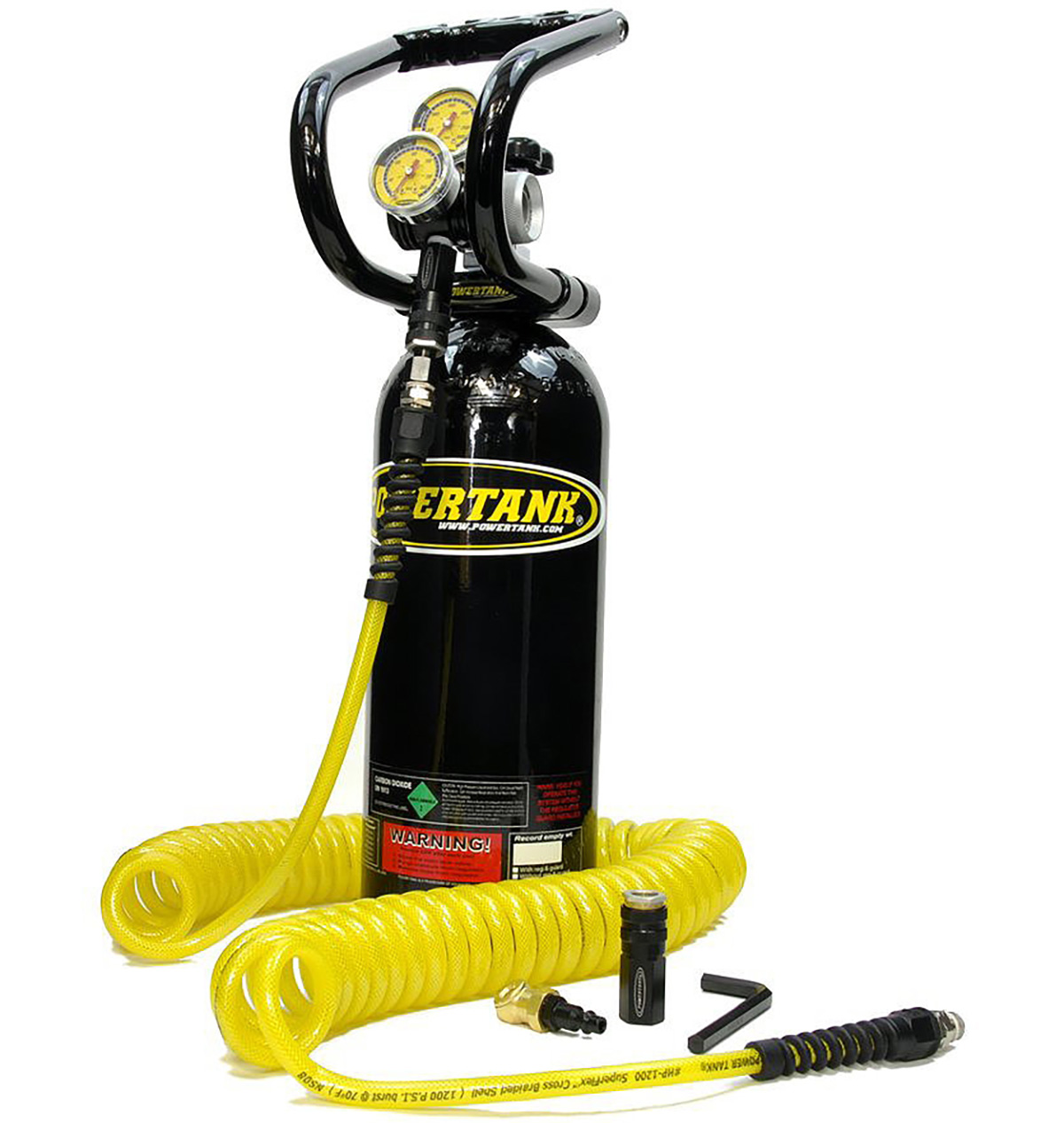
So, how many tires can you realistically fill?
Well, it really depends on tire size and pressure differences between air-down and road pressure. For my configuration, a 10-pound tank, I usually get four complete outings before I need to refill. That’s 16 or more tires worth of air. I refill my tank at a local fire extinguisher service business for around $15. For those with larger tires, I would recommend choosing a 15- or 20-pound tank.
If there is one thing I would change from my original order, I would not have purchased the bag. I would have opted for the mounting bracket. I can see how that bag is truly helpful around the house or at the shop, but for me, it is not practical my off-road needs. The mounting bracket is perfect for me. There are plenty of options for mounting including roll bars and behind-the-seat mounts. Your needs may be different though so definitely think about what may work best for you.
Power Tank can be ordered as a full kit or by individual parts and components to fit your individual needs. Power Tank is located in Lodi, California and its parts are all American made.













